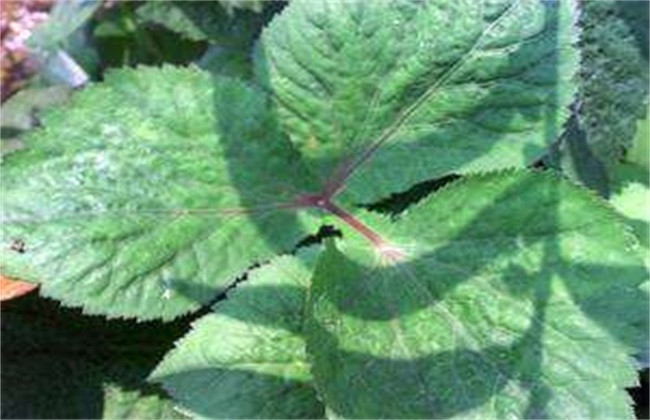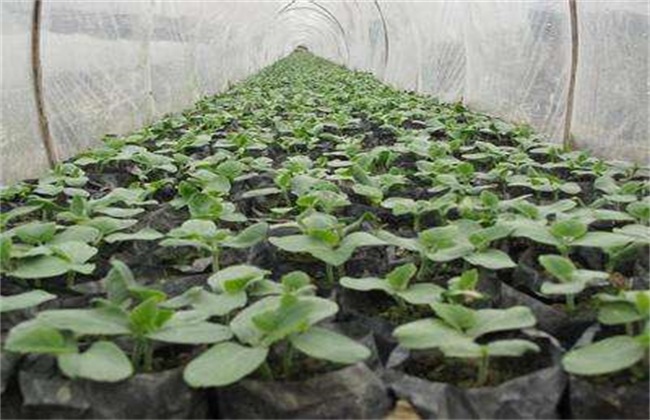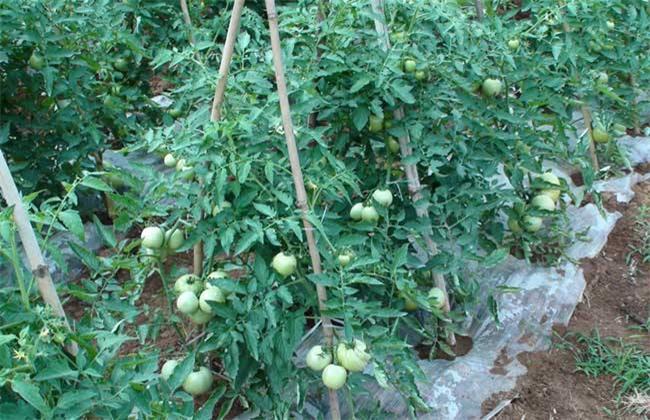Planting technique of Duck foot Board
The scientific name of duck foot board is three-leaf celery, which is a common wild vegetable in southern rural areas. It generally grows on roadsides, ditches and hillsides. It is a common seasonal wild vegetable in spring. It is not only a delicious fresh and tender wild vegetable, but also a special medicine for the treatment of traditional Chinese medicine. It can be used to treat dysentery and sores, as well as traumatic injuries. So in fact, duck feet can also be planted artificially. In the next case, take a look at how to plant it.

I. selection of species
There are two cultivated varieties of clover, Daye and lobular. At present, there are few cultivated varieties in China, which are generally wild. Therefore, Japanese Kansai varieties are generally selected in production and cultivation. In this way, the leaf color is dark green, bolting is late, and the resistance and adaptability are strong.
2. Sowing and raising seedlings
1. Seed treatment
Because cultivated terrestrial plants are prone to diseases, hydroponic culture is generally carried out, and the operation of hydroponic culture is generally similar to that of lettuce. So first prepare sponges and seedling trays. First select the seeds with a certain concentration of salt water, remove the dried, mutilated and small seeds, then soak the selected seeds in a container with running water for a day to clean the brown of the surface layer. Soak the seeds in carbendazim solution for half a day to disinfect the seeds, and finally put them in an incubator to promote germination, keeping the temperature of 25 degrees is the most suitable for germination.
two。 Sowing seeds
First fill the seedling plate with water, then soak the sponge on the seedling plate, and then put the seeds evenly on the sponge. Maintain a certain ambient temperature of about 20 to 25 degrees, maintain a certain amount of moisture, moisture can keep the sponge constant temperature environment. After the spring seedling is neat, the water in the seedling plate can be poured out and the configured nutrient solution can be applied to promote growth. the nutrient solution should ensure that the pH value is the concentration it adapts to, until the root system grows a sponge, which is probably a seedling and can be transplanted.
3. Transplant
Transplanting should be planted in deep, fertile sandy soil to ensure good growth. Generally, planting can be denser than other vegetables, and the plant spacing is about 8 to 10 centimeters. Transplanting should let the roots stretch naturally, and water the roots after planting, so that the roots can come into contact with the soil and take root quickly. Before transplanting, we should apply a certain amount of base fertilizer, preferably nitrogen fertilizer, mainly for vegetable leaves, apply less potash fertilizer, prevent stem aging and affect taste.
In the production of planting, we should pay attention to, in addition to knowing how to plant. There are some other details, in fact, you can domesticate wild varieties and plant them by yourself, but it is certainly not so easy to act. Such delicious wild vegetables can be cultivated all year round without having to wait for spring.
Related
- Where is it suitable to grow horseradish in China? it is expected to see the middle altitude horseradish in Alishan.
- How to prevent tomato virus disease reasonably? (Control methods included)
- Many people like to plant towel gourd on the balcony. What are the main points of this method and management?
- What crops can chili peppers be mixed with?
- Fertilization techniques and matters needing attention in Tomato
- What are the grafting techniques for peach seedlings in spring?
- Harm and control methods of root swelling disease of Chinese cabbage
- What are the pests of sweet potatoes? How to prevent and cure it?
- Symptoms, causes and Control methods of navel Rot in Tomato
- The cause of "Cucumber rotten bibcock" in Farmers' planting Cucumber and its Control Plan



